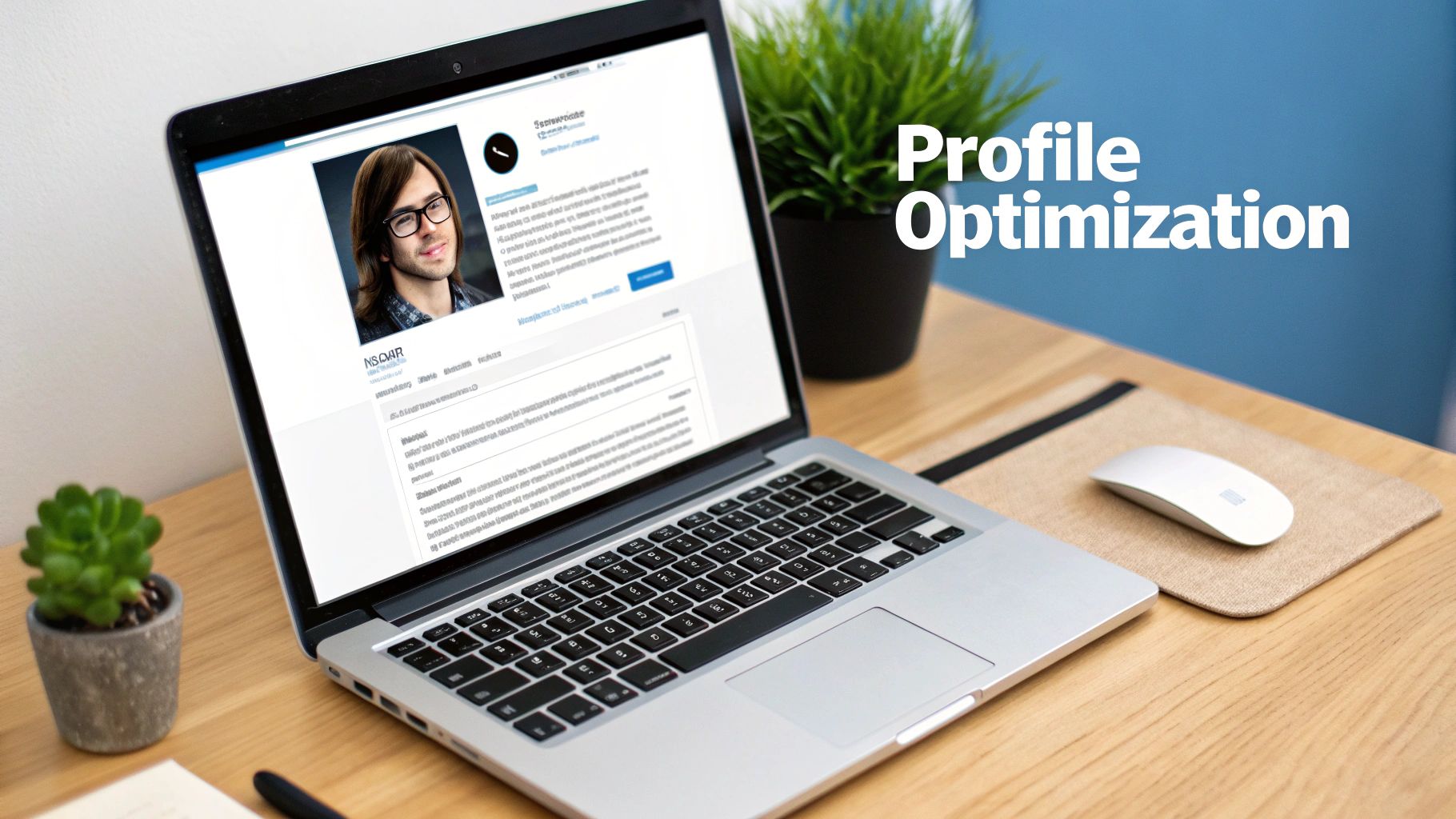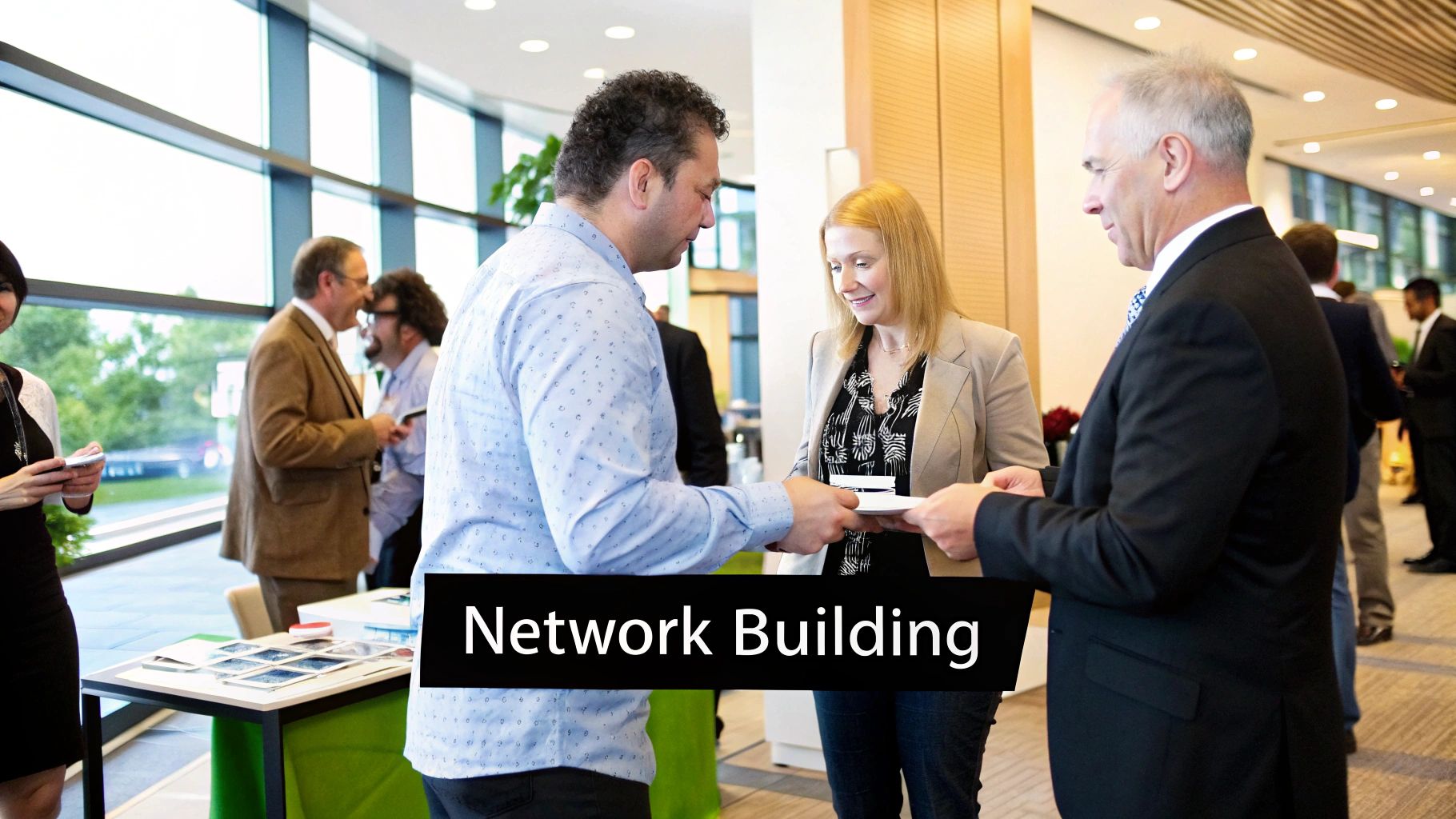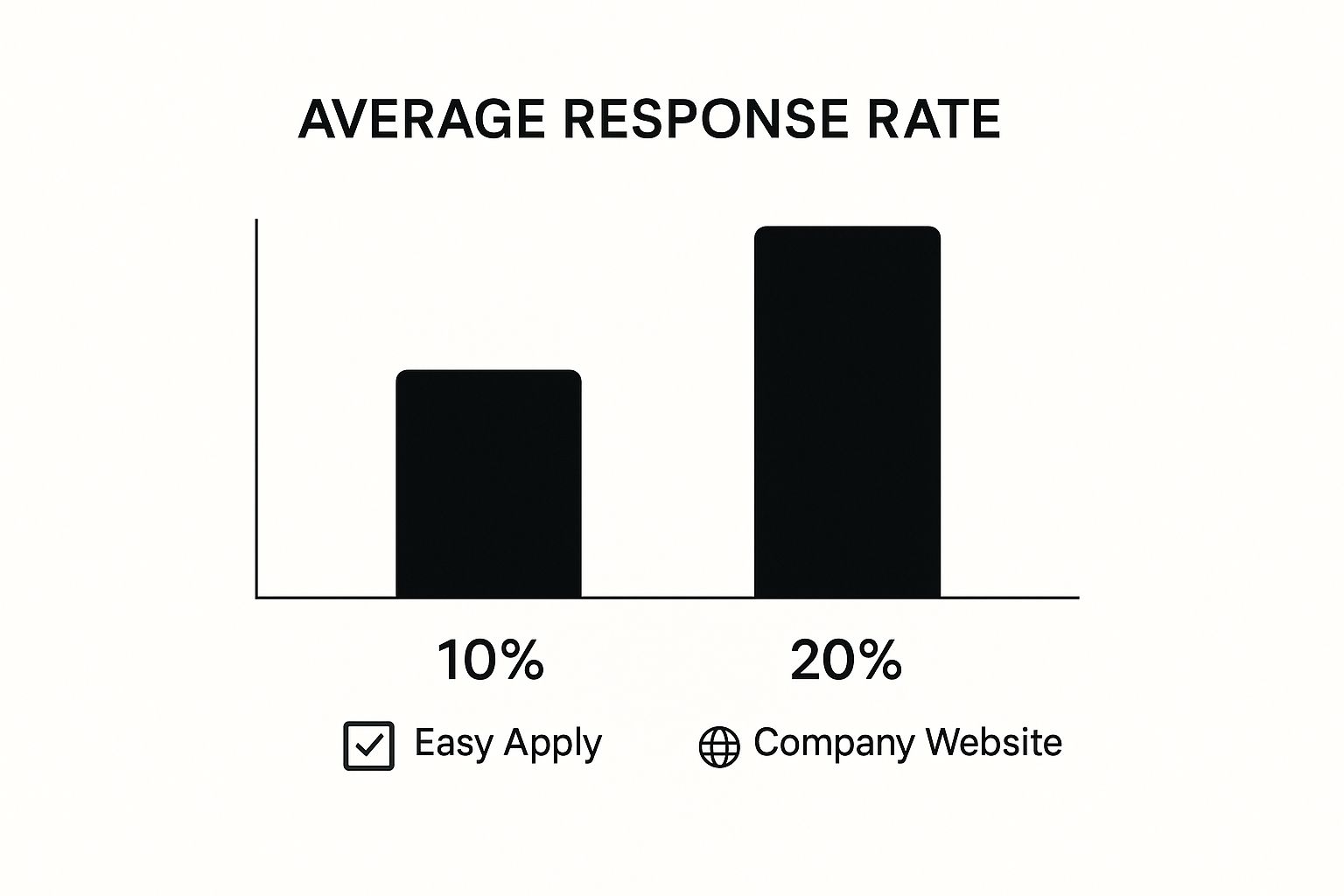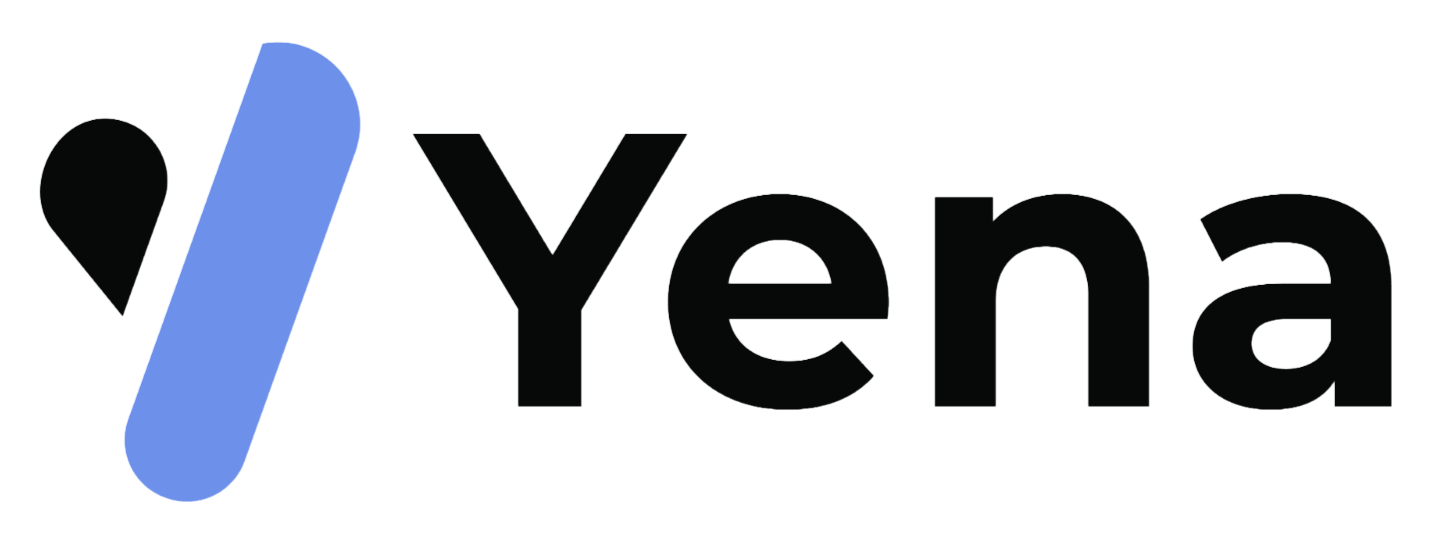LinkedIn Job Search Mastery: Land Your Dream Role Today
- Janis Kolomenskis
- Jun 17
- 14 min read
Crafting a LinkedIn Profile That Recruiters Actually Notice
Your LinkedIn profile is more than just a resume online—it's your digital first impression in the Latvian job market. Don't just list your past roles. Tell your story. Highlight what makes you you. I've seen so many job searches go from crickets to conversations just by tweaking a LinkedIn profile. Think of it as your personal branding campaign, quietly working 24/7 to connect you with the right opportunities.
Headline: More Than Just a Job Title
This is prime real estate on your profile. Recruiters see this first. Ditch the generic job title like "Marketing Manager". Tell them what you do. Who do you help? Something like "Marketing Strategist Helping SaaS Companies Achieve Double-Digit Growth" is much more compelling. See the difference? It immediately tells recruiters what you offer and who you want to work with.
Experience: Show, Don't Just Tell
Listing responsibilities is boring. Focus on your accomplishments. Use action verbs and quantify your results. Did you increase sales? By how much? Launch a new product? What was the impact? Weave in the specific skills you used, even some you picked up during your studies at Riga Technical University if you’re an alum—it’s a great way to show your commitment to continuous learning and resonates well in the Latvian context.
LinkedIn's impact on job searching in Latvia is huge, given how many people use it here. Globally, the platform sees a mind-boggling 8.72 million job applications daily. While only 30% find jobs directly through LinkedIn, it’s your key to networking and career advancement. This article has some great insights on the numbers. With the potential for labor shortages in Latvia, LinkedIn becomes even more critical for connecting the right people with the right jobs. Building a strong profile isn’t just recommended, it's essential. And for a broader perspective on attracting talent, check out our guide on writing a job description that attracts top talent.
Profile Picture and Summary: Building Trust and Connection
Your picture matters. Choose a professional headshot that makes you look approachable and confident. Your summary is your elevator pitch. What do you want people to know about you instantly? Highlight your strengths and passions. This is where you connect with recruiters on a human level, not just a list of qualifications. That personal touch can make all the difference.

Before we go any further, let’s talk about making your profile truly shine. I’ve put together a checklist based on what recruiters look for and what often gets overlooked. This will help you prioritize what to focus on.
LinkedIn Profile Completion Checklist Essential profile elements ranked by recruiter importance and completion rates
As you can see, even common elements like photos and headlines are often missing. Don't be one of them! Focus on the high-priority items, especially if you’re short on time. A complete profile makes you look serious about your job search.
Uncovering Hidden Opportunities With Smart Search Tactics

So, you’re ready to kick off your LinkedIn job hunt. Many people just throw a few keywords into the search bar and cross their fingers. But let me tell you, that’s like trying to catch a marlin with a butterfly net. You might snag a few tiddlers, but you’ll miss the real prize – those hidden gems, the unadvertised roles that are just waiting for the right person. And trust me, uncovering them takes a bit of detective work.
Boolean Search: Your Secret Weapon
Don't worry, this isn't some complex coding language. Boolean search simply uses words like "AND," "OR," and "NOT" to fine-tune your search. Think of it like adding filters to your coffee maker – you're getting rid of the grounds to get the pure brew. So, if you're after a Project Manager role in Riga, you'd search "Project Manager AND Riga." Want to broaden your horizons? Try "Project Manager OR Program Manager" to see both roles. And to cut out irrelevant results, add "NOT construction" to remove any project management roles in that industry. It’s all about precision.
Location, Location, Location (and Remote Work!)
Don't box yourself in! Look beyond your immediate city. Explore surrounding areas or even consider remote opportunities. I once helped a friend who was stuck on finding a marketing role in Riga. When she opened her search to remote positions, she landed a dream job she never would have seen otherwise. You never know what's out there until you widen your scope.
Targeting Companies That Are Growing
Aim for companies that are on the up and up. These are the places where you can truly shine and grow your career. LinkedIn allows you to filter by company size, which is a fantastic way to focus on organizations where you’ll be more than just a number. Think about startups or rapidly expanding companies, particularly in sectors like IT, finance, and engineering. These are booming in Latvia – in fact, they're projected to make up 28% of professional jobs by 2025! This shows a real hunger for skilled professionals. You can delve deeper into this by checking out Latvia's skills forecasts.
Saved Searches: Let LinkedIn Work for You
Don't waste your precious time repeating the same searches daily. Set up saved searches with your tailored criteria, and LinkedIn will send you alerts about new postings that fit the bill. It's like having your own personal headhunter working tirelessly in the background. Now that's working smarter, not harder! Refine your LinkedIn strategy this way, and you’ll be amazed at the hidden opportunities you uncover.
Building Relationships That Transform Into Opportunities

This infographic shows the difference in response rates between using the "Easy Apply" button and applying directly on a company's website. The difference is pretty striking, right? Applying directly often gets you way more responses. This shows just how important a focused approach to your LinkedIn job search really is. Don't just spray and pray with applications. It's all about making real connections.
Networking sometimes gets a bad name because people treat it like a numbers game. They think more connections equals more value. Not true at all. It’s about quality over quantity, every single time. I’ve personally seen people with thousands of connections go nowhere, while others with a much smaller, carefully curated network land incredible jobs.
What’s their secret? They’re building actual relationships. Think of LinkedIn as your own personal opportunity pipeline, not a contest to see who can collect the most digital business cards.
Finding the Right People
The first thing you want to do is find the key people in your target companies. Who are the hiring managers? The department heads? The team leads? These are the folks who can unlock doors for you. Focus your energy on connecting with people who can genuinely impact your career, not just anyone and everyone.
Crafting Connection Requests That Stand Out
When you send a connection request, make it personal. Mention something specific that grabbed your attention. Maybe it was a post they shared, something cool their company is doing, or even a mutual connection. Whatever it is, ditch the generic templates. Show them you've actually bothered to learn a bit about them. That small effort goes a long way.
Engaging Meaningfully – Beyond the Like Button
Don't just “like” their content and move on. Actually engage in a thoughtful way. Leave a comment with a real observation, or ask a relevant question. This shows genuine interest and positions you as someone who’s tuned in to their field.
Turning Conversations Into Opportunities
Use these interactions to start conversations that can lead to informational interviews. Ask them about their career path, what the company culture is like, or even their insights on the industry. This demonstrates initiative and provides you with valuable information to use in your job search.
Nurture these relationships over time. See how you can help them - maybe you can offer your expertise or connect them with someone in your network. Remember, a strong network is a two-way street. Offer value, share your insights, and show genuine interest in helping others. This giving mindset is incredibly powerful and can open up unexpected opportunities.
Here are a few message templates you can use to connect with people on LinkedIn:
Networking Message Templates by Purpose Proven message templates for different networking scenarios with response rates
These templates are a good starting point, but remember to always tailor them to the specific person you're reaching out to. The more personalized the message, the better your chances of getting a response.
I’ve seen this work time and time again - people turning casual LinkedIn conversations into career-defining moments. You can do the same.
Setting Up Job Alerts That Cut Through the Noise

Is your LinkedIn inbox a chaotic mess of irrelevant job notifications? You're definitely not the only one. I’ve been there, trust me. It's so easy to either set your alerts too broadly (hello notification overload!) or too narrowly (and miss out on amazing opportunities). After tons of experimenting and chatting with job seekers who have mastered this, I'm here to share what actually works. It's about quality, not quantity.
Crafting Keyword Combinations That Actually Work
Forget generic single keywords. The magic is in the keyword combinations. Think laser focus. Instead of just "marketing," imagine "digital marketing AND content strategy AND Riga." Suddenly, you're only seeing roles that truly align with your skills and desired location. This is especially clutch in a competitive job market like Latvia’s.
Let me give you a personal example. I was looking for a UX writing role in Berlin. Just searching for "UX Writer" resulted in a flood of notifications, many irrelevant. But when I added "SaaS AND Fintech," the results were much more targeted to my interests.
Strategic Use of Company Lists and Location
Company lists are your secret weapon. Got a dream company (or five)? Add them to a list and create a dedicated alert just for them. Boom! Instant notification the second they post something relevant.
And location? Think outside the box. Even if you're set on Riga, consider widening your search radius or exploring remote possibilities. You might be surprised at what you find. When I was open to remote work, I discovered amazing opportunities I would have otherwise missed.
Managing Notification Frequency and Multiple Alerts
Don't let notifications rule your life. Find a frequency that keeps you informed, not overwhelmed. Daily alerts can be great for fast-paced industries, but weekly might be better for roles with longer hiring cycles. It’s totally fine (and even recommended) to create multiple alerts for different roles or skill sets. One for "project management," another for "product management" – you get the idea. This keeps you organized and helps you tailor your approach.
The Art of the Follow-Up
Speed is important, but don't just fire off generic applications the moment you get an alert. Take a breath. Tailor your application. Make it shine. Check out these follow-up email application tips. Trust me, a little extra effort goes a long way. It’s the difference between blending in and standing out. Mastering the art of the LinkedIn alert and the follow-up? That’s your recipe for job search success.
Applying Strategically for Maximum Impact
So, you’ve spiffed up your LinkedIn profile and uncovered some promising opportunities using refined search strategies. Now for the main event: actually applying for jobs. Ditch the “spray and pray” approach. It’s like playing the lottery – you might win, but the odds aren’t in your favor. Hiring managers, especially in detail-oriented environments like Latvia, can spot a generic application from a mile away. From countless conversations with recruiters and hiring managers across various industries, I know one thing for sure: apply with intention.
Easy Apply vs. Company Website: Choosing Your Battles
That LinkedIn “Easy Apply” button is tempting, I get it. Quick and easy. But sometimes, convenient isn't best. Think of it like grabbing fast food – it fills you up, but it's not exactly a gourmet meal. Applying directly through a company’s website often demonstrates greater interest and lets you tailor your application. In Latvia, where personal connections often hold weight, that extra effort can be a game-changer. If you're a hiring manager, you might find this interesting: How to Post a Job on LinkedIn: Real Strategies That Work.
When is “Easy Apply” okay? For entry-level positions, or when you're casting a wide net. But for those dream jobs? Invest the time to apply directly. It signals you’re genuinely invested.
Research: Beyond the Surface Level
Before hitting "submit," do your homework. Don't just parrot the company's "About Us" page. Go deeper. What projects are they working on? Who are their competitors? What are their core values? This research provides valuable talking points and shows you understand their world, particularly important in Latvia where local market knowledge is key. For example, when applying to a fintech company in Riga, understanding the Latvian financial ecosystem demonstrates you're not just after any job, but this specific job. Latvia's job market has a high demand for skilled professionals, particularly in IT and finance, which is reflected in postings on sites like LinkedIn, CV.lv, and cvonline.lv. The average monthly salary is around €772, but this fluctuates depending on the industry and location. Discover more insights.
Timing and Customization: Standing Out From the Crowd
Timing is important. Applying early can give you a head start, but never sacrifice quality for speed. A polished application is always better than a rushed one. And remember, customization is king. Tailor your resume and cover letter to each individual role, highlighting the skills and experiences that align with the specific job description. Generic applications scream "I didn't bother to personalize this," which is a one-way ticket to the rejection pile.
Follow-Up: Professional Persistence
Following up shows initiative and keeps you on their radar. A polite email a week or two after applying reaffirms your interest and demonstrates professionalism. Just don't overdo it! The goal is persistence, not pestering. A well-timed follow-up can be the difference between being just another applicant and a memorable candidate.
Maximizing LinkedIn's Hidden Features for Job Search Success
LinkedIn is so much more than just a place to upload your resume. Beyond the basics, there are a bunch of features that can really boost your job search. I've personally seen how using these often-overlooked tools can change your job hunt from a slog to something that actually generates exciting opportunities.
LinkedIn Learning: Skill Up and Show Off
LinkedIn Learning isn't just about taking online courses. It’s a fantastic way to show potential employers you're invested in professional development. This is huge, especially in a competitive market. Completing relevant courses demonstrates you’re proactive and dedicated to staying up-to-date in your field.
But don't just take the courses, show them off! Add completed courses to your profile, highlighting skills relevant to the jobs you want. This tells recruiters you're not just saying you have these skills—you’re actually developing them.
Publishing on LinkedIn: Sharing Your Thoughts
Sharing your perspectives on LinkedIn, whether it’s a quick post or a longer article, helps establish you as a thought leader. Don't be shy about sharing what you know! It’s a fantastic way to get noticed by potential employers and showcase your expertise without seeming like you're bragging.
Consider writing about trends in your industry, offering your opinion on a recent article, or giving advice based on your experience. This positions you as someone with valuable insights and makes you easier for recruiters to find.
LinkedIn Events: Networking Made Easy
LinkedIn Events are a goldmine for networking, but so many people ignore them. Attending these events, either online or in person, connects you with other professionals and potential employers.
Participate in discussions, ask questions, and connect with other attendees. It's a much more natural way to network than awkward small talk, offering a genuine platform to build relationships and expand your professional circle.
This screenshot shows the main LinkedIn Jobs search page. It’s where most job seekers start, but it can be pretty overwhelming with so many options. The trick is to use this page as a starting point, not your only resource. The advanced search features and other less obvious tools we’re talking about here will help you narrow your search and find opportunities you might otherwise miss.
LinkedIn Premium: Is It Worth It?
Some LinkedIn Premium features can definitely be helpful. Salary Insights, for example, give you valuable data for negotiating better offers, and InMail lets you contact recruiters directly, even if you're not connected. Think of it as a strategic investment, particularly if you’re targeting specific companies or roles.
LinkedIn Groups: Find Your Tribe
Joining relevant LinkedIn Groups connects you with other people in your field. It’s a great way to discuss industry topics, share information, and even find job postings. Being active in these groups raises your visibility and can lead to unadvertised opportunities. Engage in conversations, offer your insights, and build relationships with other group members.
By using these often-overlooked features, you can turn your LinkedIn job search from passively scrolling through postings into actively pursuing your dream career. These tools, used strategically, build on each other, amplifying your efforts and making you stand out from the crowd. Remember, a successful job search isn't just about applying for jobs; it's about building a strong presence, networking effectively, and showcasing your value.
Your Complete LinkedIn Job Search Action Plan
Knowing your way around LinkedIn is great, but it’s useless without a solid plan. This action plan turns everything we've talked about into a system that delivers results. We'll break down your LinkedIn job search into manageable daily and weekly activities. Think of this as building momentum, not piling on pressure.
Daily Actions: Small Steps, Big Impact
Small, consistent actions are key. Just like any good habit, these daily tasks, even if they seem insignificant, will add up over time.
Check Job Alerts: First thing in the morning, take a look at your LinkedIn job alerts. Respond quickly to anything that catches your eye, but don’t rush the application process. Remember to personalize each application – generic ones get lost in the shuffle.
Engage With Your Network: Spend 15-20 minutes connecting with people. Comment thoughtfully on posts, share interesting articles, or send a personalized connection request. This is about building genuine relationships, not just adding numbers to your network. I’ve found even a quick interaction can make a big difference.
Learn Something New: Carve out 30 minutes for a LinkedIn Learning course. This not only keeps your skills up-to-date but also shows potential employers you’re invested in your professional growth. Trust me, this makes a huge difference in competitive markets.
Weekly Actions: Strategic Moves
Once you’ve got a daily routine, layer in these weekly activities for a more strategic approach:
Refine Your Search: Take time to review and tweak your saved searches. Getting bombarded with irrelevant notifications? Refine your keywords. Not seeing enough opportunities? Broaden your location search or consider similar roles. I once expanded my search to include adjacent industries and found a perfect role I hadn’t even considered.
Connect with Key People: Identify 2-3 people at your target companies or within your desired industry. Send them personalized connection requests. Mention something specific you admire about their profile or work. A little flattery goes a long way!
Review Your Profile: Look at your LinkedIn profile with fresh eyes. Are there any updates you can make? New skills to add? Recent accomplishments to showcase? Keep it active and current. Your profile is your online resume, so make sure it's always reflecting your best self.
Managing Challenges and Staying Motivated
Let's be real – job hunting can be brutal. Rejection is inevitable. Don’t let it throw you off course. Focus on what you can control – your actions, your attitude, and your strategy. Celebrate the small victories. Landing an informational interview, hearing back from a recruiter, or even finishing a relevant LinkedIn Learning course are all positive steps. Acknowledge your progress, and keep going.
Knowing When to Pivot
Sometimes, even with your best efforts, things can get stuck. Learn to recognize the warning signs. Are you sending out countless applications without a response? Are your networking efforts going nowhere? It might be time to rethink your strategy. Are your keywords too narrow? Is your profile highlighting the right skills? Don't hesitate to switch things up. Flexibility is essential in today's job market.
This isn't just a plan; it's a roadmap to success. Use it to transform your LinkedIn job search from passive scrolling to proactively pursuing your dream career.
Ready to boost your hiring process and create a stellar candidate experience? Yena Hiring OS is an AI-powered solution for smarter, faster, and more human-centric hiring. Check it out!

Comments